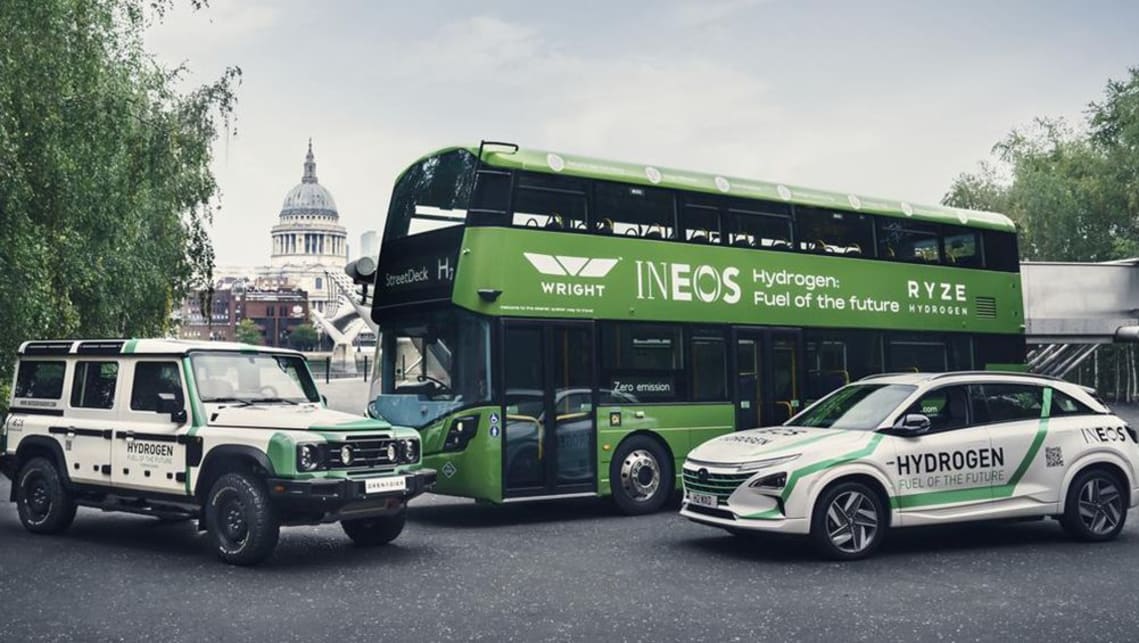
Ineos is betting on a hydrogen future and will work with Hyundai to create an electric SUV to compete with the Toyota LandCruiser.

A hydrogen fuel cell version of the Grenadier has already been built and is expected to enter mass production in the future.
Are you going deep? Perhaps in the coming years you will be running on hydrogen instead of batteries.
Until recently, we had two points of view when it came to car engines after burning fossil fuels.
Battery power dominated the market for a while, but in the past few months, hydrogen has begun to take the headlines.
Toyota Australia is investing heavily in hydrogen technology with a plant in Melbourne that produces sustainable hydrogen (using solar power) and also acts as a filling station.
And now, Ineos, maker of the Grenadier SUV, has weighed in on the argument, suggesting that while battery-powered might be good for city dwellers, for those of us who like to get away, hydrogen is the better choice. .
Speaking to Cars Guide, Ineos Automotive's Australian marketing manager Tom Smith confirmed the company's interest in hydrogen, both as a fuel manufacturer and as a manufacturer of vehicles that use it.
“While batteries and electric vehicles are strong in cities, for commercial vehicles like this one (Grenadier) that need to cover long distances and to remote locations, the ability to quickly refuel and long range is what we are interested in. investigation,” he said.
“Recently, we announced that we have signed an MoU with Hyundai to work with them and actually build a prototype fuel cell vehicle.”
Ineos' support for hydrogen is an understandable point, given that its global operations (beyond the automotive industry) include a huge interest in electrolysis; a technology that uses renewable energy sources to create green hydrogen.
Electrolysis works by introducing current into water, which creates a reaction in which water molecules (oxygen and hydrogen) are split and hydrogen is collected as a gas.
Ineos announced a few weeks ago that it would invest two billion euros in hydrogen plants in Norway, Germany and Belgium over the next decade.
The plants will use zero-carbon electricity to achieve the electrolytic process and therefore produce green hydrogen.
Ineos' subsidiary, Inovyn, is already Europe's largest operator of electrolysis infrastructure, but the recent announcement represents the largest investment in this technology in European history.
